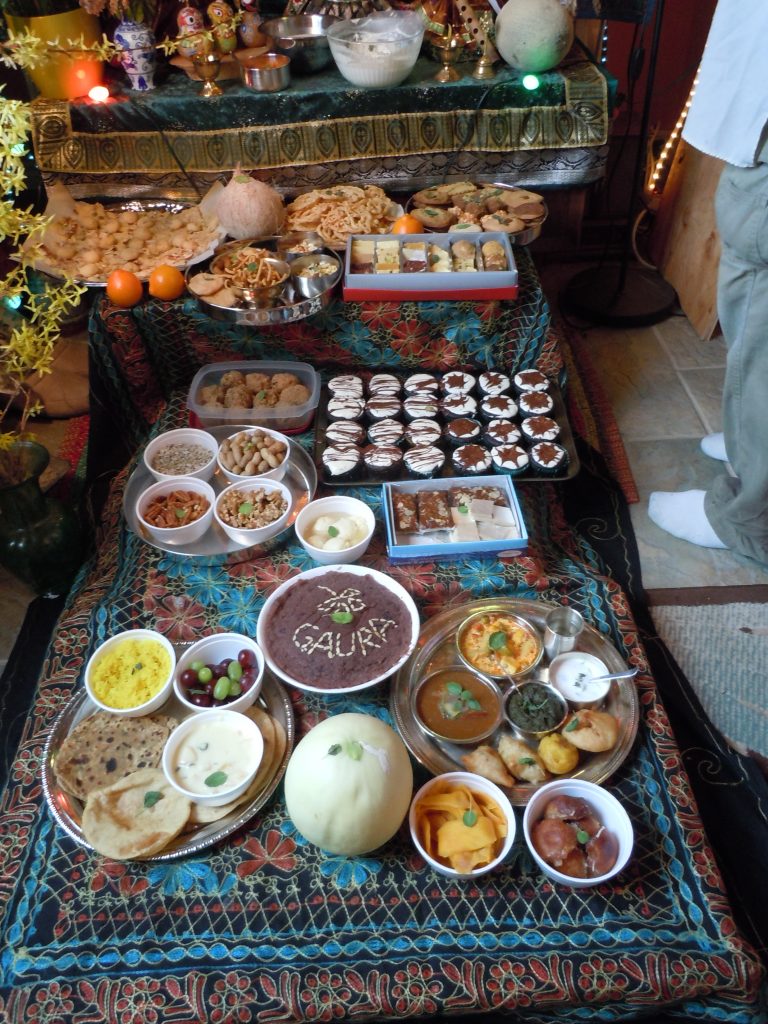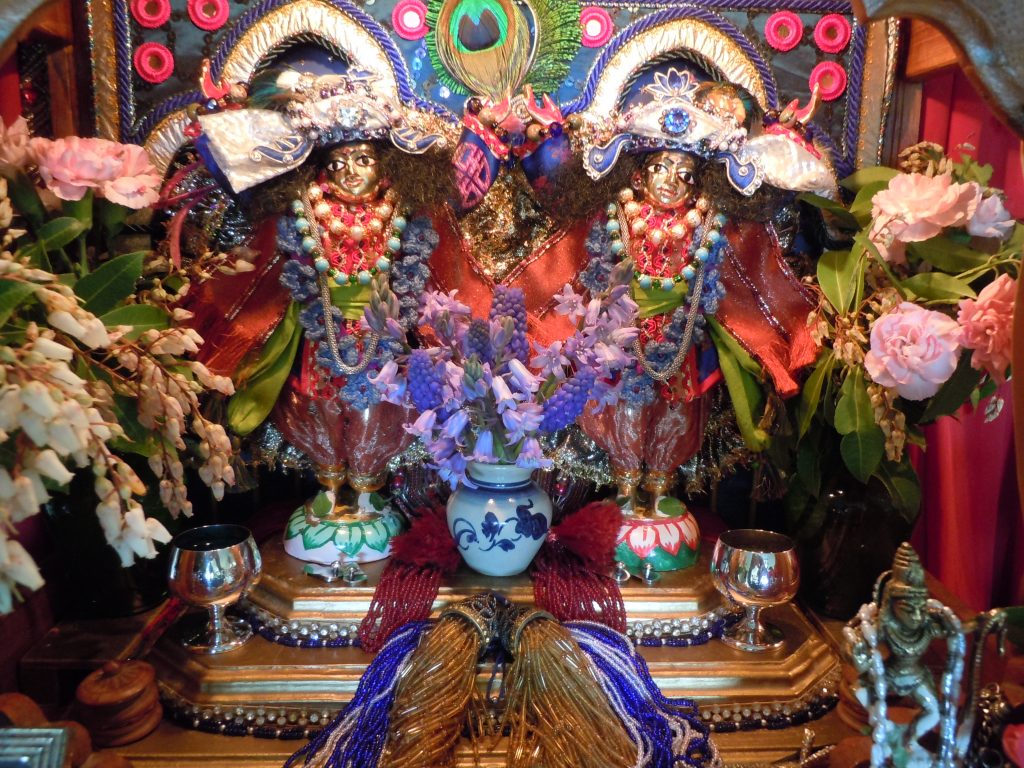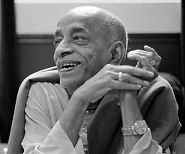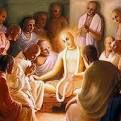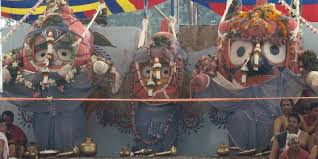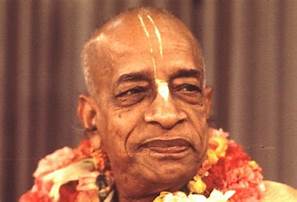- July 1, 2018Hare Krsna-Thanks to Hasti gopala prabhu for documenting this wonderful festival where devotees came from Calif, Canada, Wash, Eastern USA,…
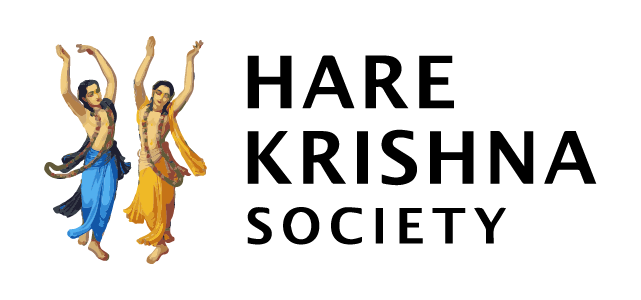
Under the guidance, inspiration and authority of
His Divine Grace A.C. Bhaktivedanta Swami Prabhupada
Founder-Acharya of the Krishna Consciousness Movement
Srila Prabhupada: “I wish that each and every branch shall keep their separate identity and cooperate keeping the acharya in the center. On this principle we can open any number of branches all over the world. (Letter, February 11, 1967)
